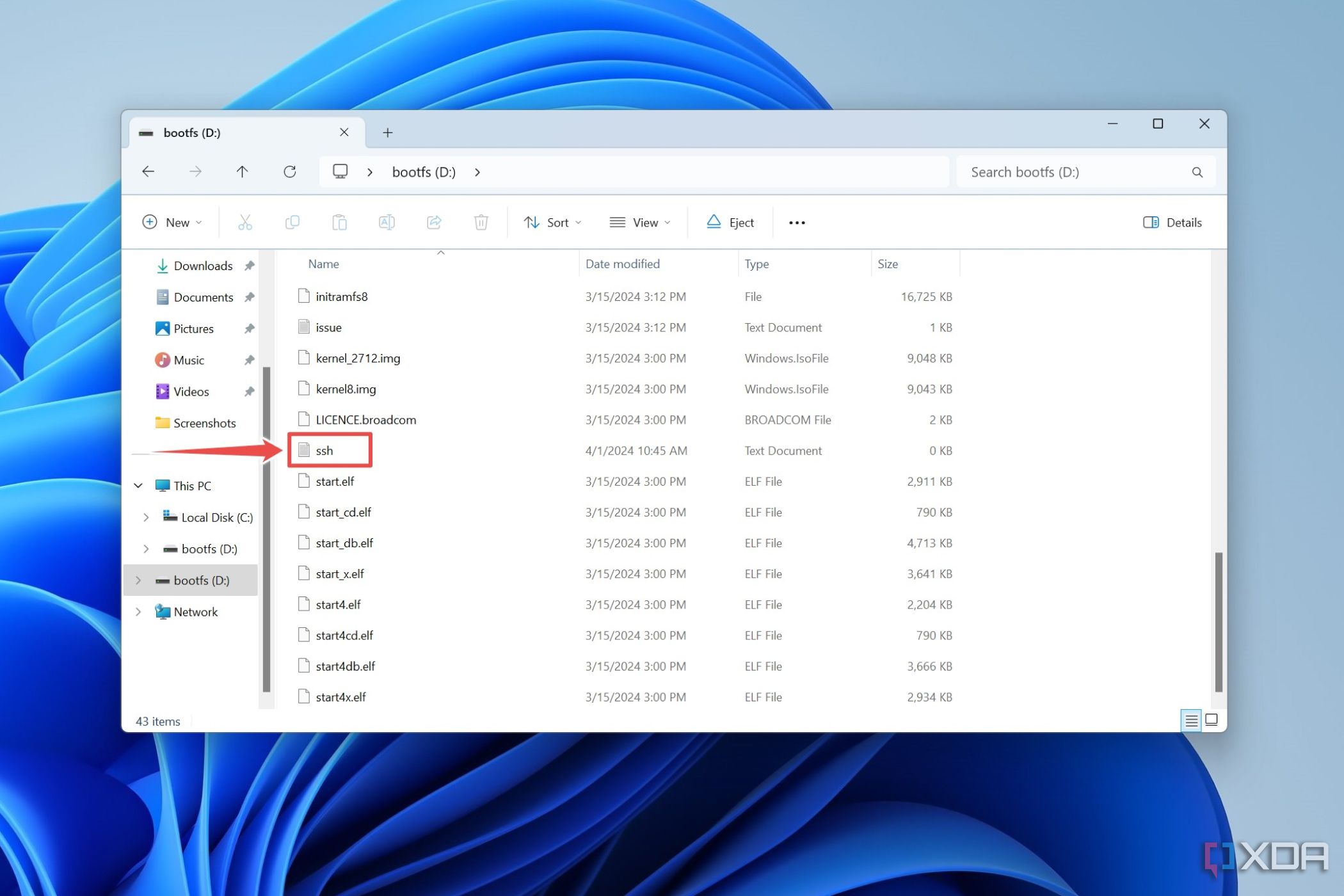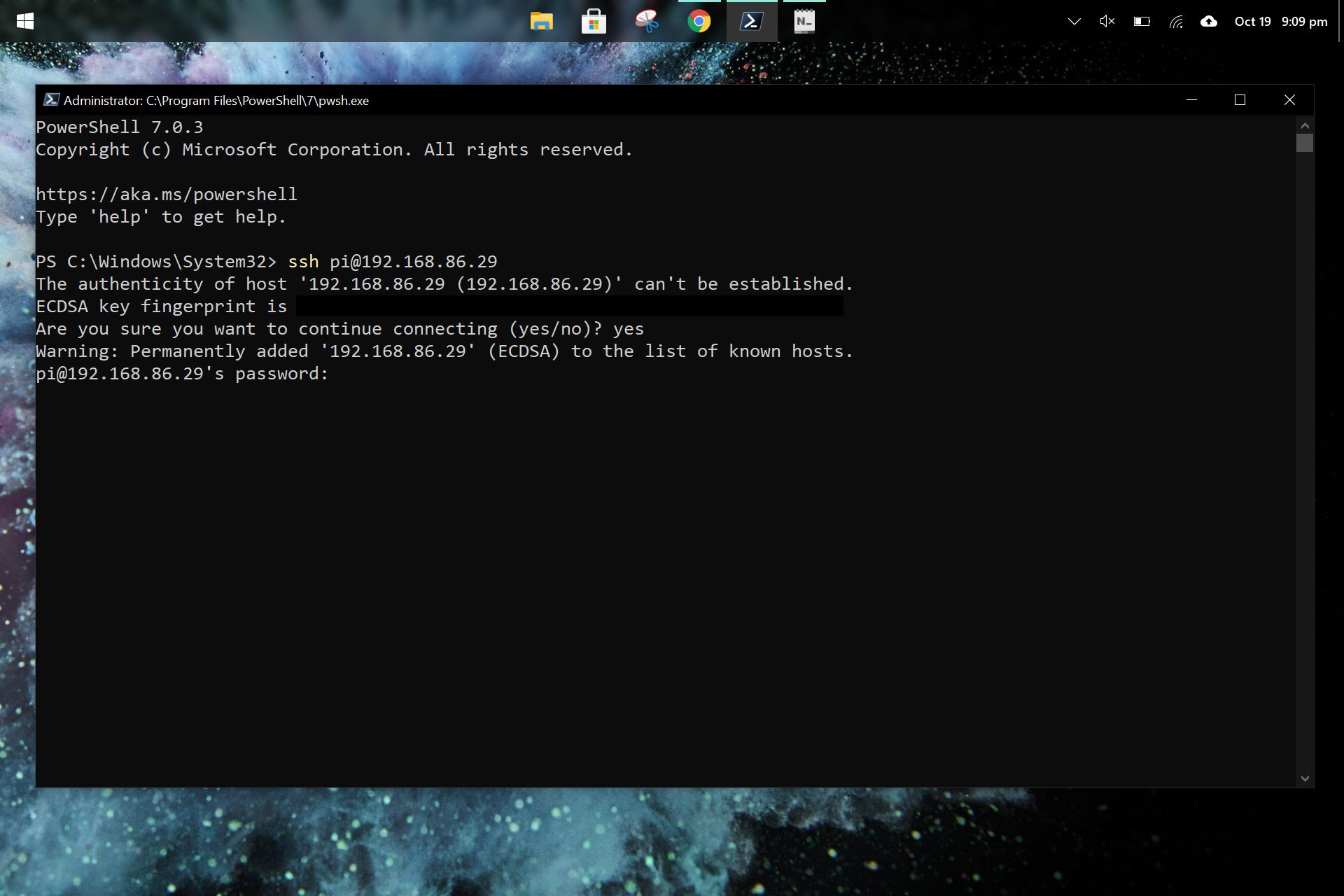Listen up, tech enthusiasts! The world of remote computing just got a whole lot cooler with remoteIoT web SSH Raspberry Pi. Picture this: you're chilling at home, sipping your favorite drink, while your Raspberry Pi is humming along, managing IoT devices from miles away. Sounds like something outta a sci-fi movie, right? But guess what? It's totally doable, and we're about to spill all the tea on how you can harness this tech wizardry.
This isn't just another tech buzzword; remoteIoT web SSH Raspberry Pi is a game-changer. Whether you're a seasoned developer or a curious beginner, this setup can open doors to possibilities you never knew existed. Imagine controlling smart home devices, monitoring weather stations, or even managing industrial sensors—all from the comfort of your couch. Sounds pretty sweet, huh?
But before we dive deep into the nitty-gritty, let's take a moment to appreciate why this matters. In today's fast-paced world, being able to access and control your IoT devices remotely isn't just a luxury—it's a necessity. And with the affordability and versatility of Raspberry Pi, it's never been easier to get started. So buckle up, because we're about to take you on a journey through the wonderful world of remoteIoT web SSH Raspberry Pi.
- Movierulz4 Your Ultimate Guide To Streaming Movies In 2023
- Movie Rulzcom Kannada 2023 Download Your Ultimate Guide To Entertainment
What Exactly is RemoteIoT Web SSH Raspberry Pi?
Alright, let's break it down in plain English. RemoteIoT web SSH Raspberry Pi is essentially a setup that allows you to access your Raspberry Pi and its connected IoT devices over the internet using SSH (Secure Shell). Think of SSH as a secure tunnel that lets you communicate with your Pi from anywhere in the world. And the best part? You can do all this through a web browser, making it super convenient and accessible.
Why Choose Raspberry Pi for RemoteIoT?
Here's the deal: Raspberry Pi is like the Swiss Army knife of the tech world. It's compact, affordable, and packed with features that make it perfect for IoT projects. Plus, its massive community of users means there's a wealth of knowledge and resources at your fingertips. Need help troubleshooting? Chances are, someone's already been there and done that.
And let's not forget about the hardware. With multiple GPIO pins, built-in Wi-Fi, and Bluetooth, Raspberry Pi is a powerhouse when it comes to IoT applications. Whether you're building a home automation system or a weather station, the Pi has got you covered.
- How To Ssh Into Raspberry Pi From Windows 11 A Beginnerrsquos Guide
- Desiremovies Bollywood Movies Download Your Ultimate Guide To Streaming And Downloading
Getting Started: Setting Up Your RemoteIoT Web SSH Raspberry Pi
Now that you're sold on the idea, let's talk about how to get started. Setting up remoteIoT web SSH Raspberry Pi might sound intimidating, but trust us, it's easier than you think. Just follow these steps, and you'll be up and running in no time.
Step 1: Gather Your Gear
First things first, you'll need a few essentials:
- Raspberry Pi (any model will do, but newer models offer better performance)
- MicroSD card (at least 16GB)
- Power supply for your Pi
- A keyboard and mouse (optional, but handy for initial setup)
- An Ethernet cable or Wi-Fi connection
Step 2: Install the OS
Next, you'll need to install an operating system on your Pi. We recommend using Raspberry Pi OS, which is specifically designed for the Pi and offers excellent support for SSH and IoT applications. You can download it from the official Raspberry Pi website and use a tool like BalenaEtcher to flash it onto your microSD card.
Step 3: Enable SSH
SSH is disabled by default on Raspberry Pi OS for security reasons, but enabling it is a breeze. Simply create an empty file named "ssh" (no extension) in the boot partition of your microSD card. That's it! SSH will be enabled when you boot up your Pi.
Connecting to Your Raspberry Pi via Web SSH
So, you've got your Pi set up and SSH enabled. Now it's time to connect to it from anywhere in the world using web SSH. Here's how you can do it:
Option 1: Use a Web-Based SSH Client
There are several web-based SSH clients available that let you connect to your Pi through a browser. One of the most popular is Terminal.com, which offers a sleek interface and tons of features. All you need is the IP address of your Pi and your SSH credentials, and you're good to go.
Option 2: Set Up a Web Server
Another option is to set up a web server on your Pi and use it to host an SSH interface. This requires a bit more setup, but it gives you more control over the process. You can use tools like Apache or Nginx to create a secure web server that lets you access your Pi from any device with a browser.
Securing Your RemoteIoT Web SSH Raspberry Pi
Security is a top priority when it comes to remote access. After all, you don't want some random hacker taking control of your IoT devices. Here are a few tips to keep your setup safe:
- Use strong, unique passwords for your SSH account.
- Enable two-factor authentication for added security.
- Set up a firewall to restrict access to only trusted IP addresses.
- Regularly update your Pi's operating system and software to patch any vulnerabilities.
Exploring IoT Applications with RemoteIoT Web SSH Raspberry Pi
Now that your remoteIoT web SSH Raspberry Pi is up and running, it's time to explore the endless possibilities it offers. Here are just a few ideas to get you started:
Home Automation
Use your Pi to control smart home devices like lights, thermostats, and security systems. You can even set up custom scripts to automate tasks based on your schedule or preferences.
Environmental Monitoring
Set up sensors to monitor temperature, humidity, air quality, and more. With remote access, you can check on conditions from anywhere and take action if needed.
Industrial IoT
For businesses, Raspberry Pi can be a cost-effective solution for monitoring and controlling industrial equipment. Whether it's tracking production lines or managing inventory, the possibilities are endless.
Troubleshooting Common Issues
Even the best-laid plans can hit a snag, so here are some common issues you might encounter and how to fix them:
Issue 1: Can't Connect to SSH
Make sure SSH is enabled on your Pi and that you're using the correct IP address and port number. Double-check your credentials and try restarting your Pi if necessary.
Issue 2: Slow Connection
If your connection is sluggish, try optimizing your network settings or switching to a wired connection instead of Wi-Fi. You might also want to consider upgrading your internet plan if bandwidth is an issue.
Data and Statistics: Why RemoteIoT Web SSH Raspberry Pi is a Hit
According to a recent survey by IoT Analytics, the global IoT market is expected to grow to $1.5 trillion by 2030. With Raspberry Pi being one of the most popular platforms for IoT development, it's no wonder that remoteIoT web SSH Raspberry Pi is gaining traction. In fact, a study by the Raspberry Pi Foundation found that over 80% of users leverage SSH for remote access in their projects.
Conclusion: Take Your IoT Projects to the Next Level
There you have it, folks! RemoteIoT web SSH Raspberry Pi is a powerful tool that can transform the way you interact with IoT devices. From home automation to industrial applications, the possibilities are truly endless. So what are you waiting for? Grab your Pi, roll up your sleeves, and start building your dream IoT setup today!
Before you go, don't forget to drop a comment below and let us know how you plan to use your remoteIoT web SSH Raspberry Pi. And if you found this article helpful, be sure to share it with your tech-savvy friends. Who knows? You might just inspire someone else to dive into the world of IoT!
Table of Contents
- What Exactly is RemoteIoT Web SSH Raspberry Pi?
- Why Choose Raspberry Pi for RemoteIoT?
- Getting Started: Setting Up Your RemoteIoT Web SSH Raspberry Pi
- Connecting to Your Raspberry Pi via Web SSH
- Securing Your RemoteIoT Web SSH Raspberry Pi
- Exploring IoT Applications with RemoteIoT Web SSH Raspberry Pi
- Troubleshooting Common Issues
- Data and Statistics: Why RemoteIoT Web SSH Raspberry Pi is a Hit
- Conclusion: Take Your IoT Projects to the Next Level
- Why Movierulz Kannada Is A Big Deal In The Streaming World
- Securely Connect Remote Iot P2p Ssh Download Windows Your Ultimate Guide


